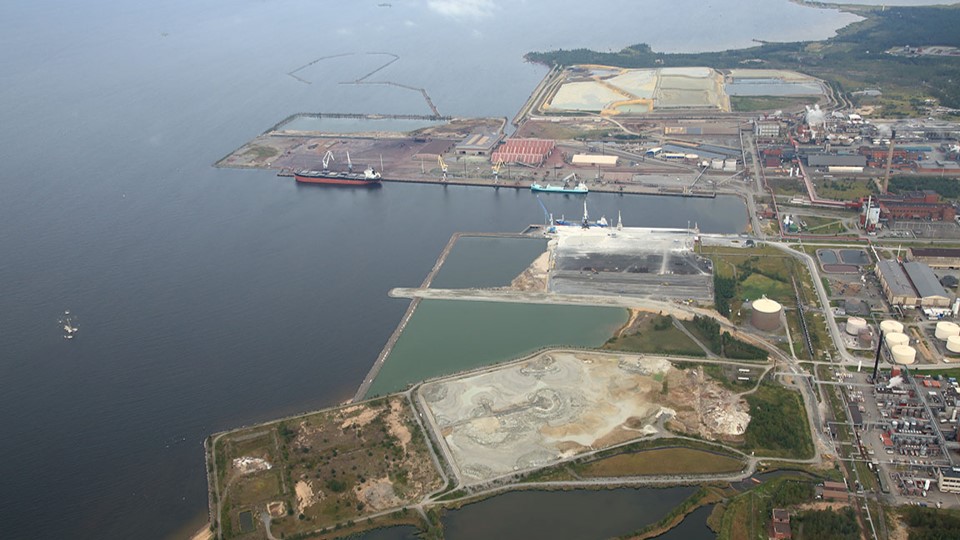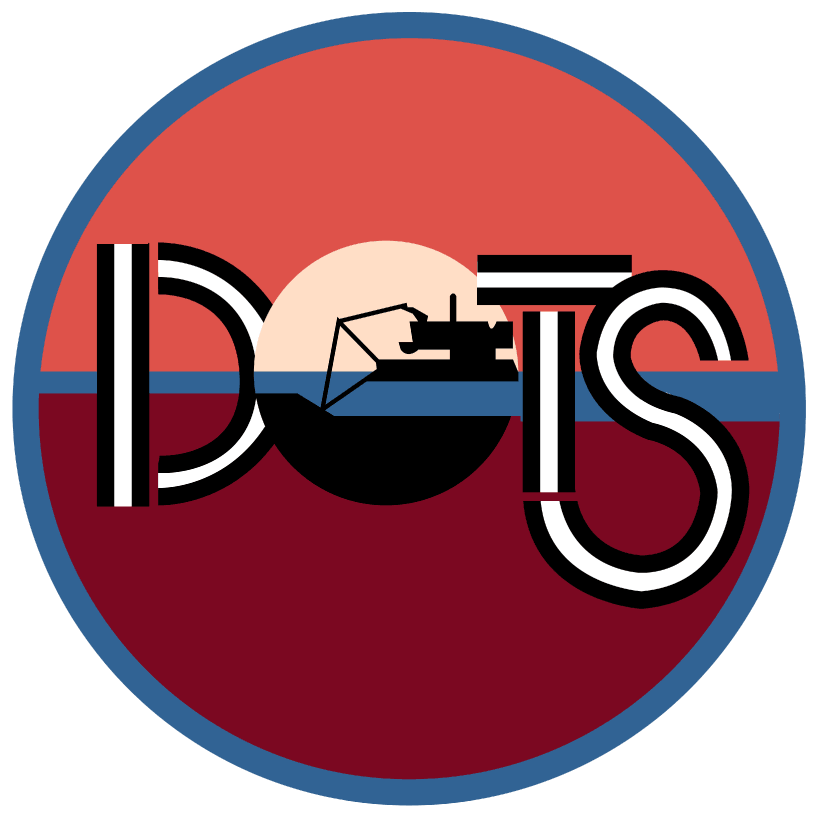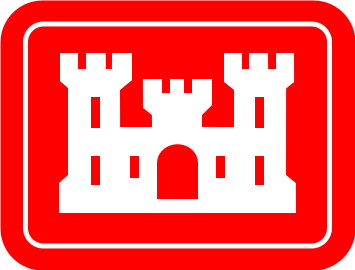Port of Kokkola

- Title: Port of Kokkola
- Country: Finland
- Project type: Other
- Greater Beneficial Use Area: Gulf of Bothnia
- Focus Area(s) approximate center coordinates: 63.8638, 23.0261
- Nearest Federal Navigation Project: Kokkola Fairway
- Owner: Finnish Transport Infrastructure Agency
- Project Partners: Finnish Transport Infrastructure Agency, Port of Kokkola Ltd., Ramboll
- Beneficial Use Categories: Construction and Industrial/Commercial Uses
- Dredge type: Mechanical and Hydraulic
- Status: Completed
- Keywords: circular economy, sustainable development, environmental stewardship, harbor expansion, sediment management, port deepening
Description:
The Port of Kokkola, located in the north Baltic Sea, is Finland’s third largest port by volume, handling more than 4 million tons of cargo per year. It specializes in exports for the mining industry and serves as a transportation hub for the Nordic region. As of 2017, larger vessels had to reduce their loads by up to 25% to access the port due to insufficient depths in the 19-kilometer navigation channel and the port’s harbors. To address this issue, the Finnish Transport Infrastructure Agency partnered with the Port of Kokkola Ltd. to fund a project to deepen Kokkola fairway and the port’s harbors while expanding the port’s land infrastructure. This would improve cost efficiency and decrease carbon emissions from additional transits.
To achieve its objectives, the project emphasized circular sediment use. The port committed to 100% beneficial use of dredged sediment. However, due to industrial and urban pollutants in the surrounding seabed, including tributyltin, some sediment required treatment before being used for land reclamation.
Following a 2011 pilot project to test methods for stabilizing contaminated sediment, and after extensive site investigations, laboratory testing, modeling, and engineering design by the project contractor, Ramboll, Phase 1 of construction commenced in 2018. Construction activities included mechanical and hydraulic dredging of sediment and was completed over three open-water seasons by 2020. Hydraulic dredging was implemented in areas of soft sediments and sands with properties that allowed this method. Mechanical dredging was used in areas of with a higher proportion of over consolidated glacial sediments, and to remove rock after underwater blasting. Environmental dredging was used primarily in the existing harbor basin areas to remove contaminated sediment. Sediment treatment involved pozzolanic stabilization to encapsulate contaminants, using a mixture of cement and fly ash, ensuring environmental safety for use on land. Sediment that did not require treatment was placed directly into fill areas unless amendments were needed to improve strength. The project used 100% of the more than 2 million cubic meters of sediment dredged from the fairway and harbor.
Some dredging areas along the fairway were adjacent to a nearby nature conservation area and protected preserve. Dredging methods, schedules, and seasons of work were adjusted to ensure the protection of the conservation area. Monitoring included the collection of more than 500 water samples for water quality monitoring, along with comprehensive habitat surveys that studied bird populations, nesting and feeding habits and fishery populations. These studies demonstrated minimal impacts on bird and fish species during dredging.
The port remained operational throughout the construction, which was completed in 2023 when the new Port of Kokkola facilities opened. The success of the Port of Kokkola’s expansion project lies in its vision, emphasizing sustainable practices and circular material use. This demonstrated by the protection of the nearby nature conservation area and the port’s commitment to beneficially use 100% of more than 2 million cubic meters of dredged sediment. As an integral part of Finland’s Green Transition strategy, the upgraded port will support offshore and onshore wind power development and construction. By repurposing dredged sediments for land reclamation and committing to 100% beneficial use, the port achieved efficient and cost-effective expansion while safeguarding the environment. Through careful selection of stabilization materials and diligent testing, the project ensured both technical durability and resilience, combined with environmental acceptability, setting a precedent for sustainable harbor development that prioritizes water quality and the protection of environmentally sensitive areas.
Further Readings:
- Autiola M, Reinikainen S-P, Kohonen J, Sirén H, Marjamäki T, Kangaskolkka M, Lindroos N, Lahtinen P, Tiikerpuu L, Lampinen T, et al. (2012). SMOCS (Sustainable Management of Contaminated Sediments in Baltic Sea Region): Field Test in Port of Kokkola, Finland. Lappeenranta University of Technology.
- Finnish Transport Infrastructure Agency. (2022). Kokkola Channel and Port Deepening. January 27.
- Lahtinen P, Forsman J, Kiukkonen P, Kreft-Burman K, Niutanen V. (2014). Mass Stabilisation as a Method of Treatment of Contaminated Sediments. In: Proceedings of the South Baltic Conference on Dredged Materials in Dike Construction.
- PIANC. (2023). Beneficial Use for Sustainable Waterborne Transport Infrastructure Projects. EnviCom Working Group Report No. 214-2023. Brussels, Belgium: PIANC Environmental Commission. April.
Presentations:
- Ramboll, Port of Kokkola Ltd., Finnish Transport Infrastructure Agency. (2018). Deepening Kokkola Fairway and Harbour – Press Conference. March 8.
Websites:
- Port of Kokkola. (2024). The Port of Three Ports.
Videos:
Kokkola Channel and Port Deepening Project. YouTube, Uploaded by Väylävirasto (Finnish Transport Infrastructure Agency), 28 November 2018.
News releases:
- Coastline. (2023). As Customers’ Needs Evolve, Port of Kokkola Invests in Big Changes. March 9.

